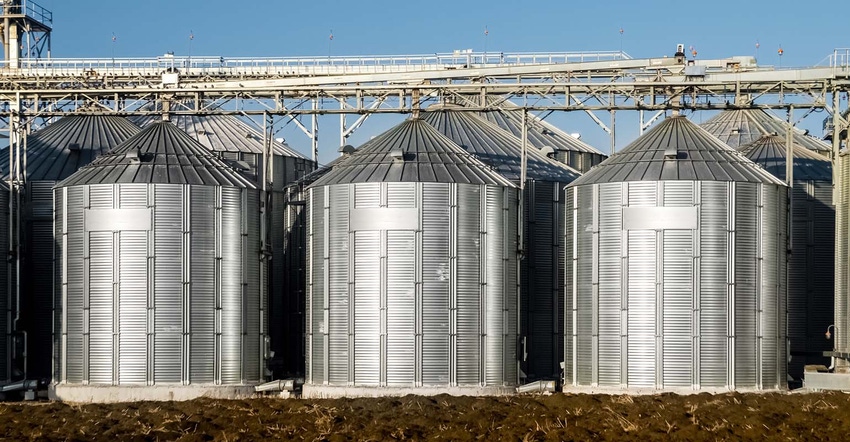
Is the ideal window for making old crop sales reaching its end?
Trade with China continues to make the news, but for the most part this is just noise. The markets are mostly trading the weather now. If rain makes grain, we took a big step closer to trendline yields this weekend as most of the corn belt caught at least some rain.
It would appear the spring price rally we were hoping for left much to be desired.
It is not as if the market has not given us any rally, it has just not given us the rally that we want (or need). The spring low was set on April 21st at $3.09. As we come to the end of June, July corn has been staying above the 20-day moving average like it is riding a wave for the last thirty days. It fell off that wave yesterday, which could be signaling that the rally, what little there was, is now over.
Bull markets need to be continuously fed with new information -- otherwise the bears take over.
Glimmer of hope?
Last Friday gave us one glimmer of hope in that managed funds reduced their long position by 26,000 contracts from the prior week. Could this be a sign that they are beginning to weaken? They are still short a massive 270,000 contracts. While heavily weighted to the downside, it is still far from the record of 429,000 contacts.
I could still see corn getting one more bump. If I was sitting on old crop, I would target the top of the trading range for the past month. I could still see July corn getting to $3.40, but something will have to change for us to move higher than that.
Time is on the side of the bears right now, as the longer we go without a weather hiccup, it continues to build the case for a 3-plus billion bushel carryover.
Another acreage report ahead
Next week, USDA will release an acreage report which will confirm if we really did plant 97 million acres of corn. The trade is looking for something less than this, but considering how quickly the planting season went, it is hard for me to believe that that much acreage was shifted.
A one to two million shift from corn to soybeans acres is likely already built into the market. This will be one of the last opportunities for a bullish surprise.
In my case, I had my inputs purchased in December, to get the best discount possible, well in advance of planting season. There was not a compelling enough reason for me to change.
Still waiting?
My concern is for farmers who are frozen, sitting on old crop, not sure of what to do. There are times when we can store our way out of weak markets, but I don’t think this is one of those times. This carryover could have a snowball effect, getting larger and building momentum the further it rolls. Nobody knows how long this bear market will last, therefore one year may not be enough.
I am almost more concerned about the 2021 crop and what that will look like.
Storage costs add up
Furthermore, farmers tend to minimize the cost of storage. If we take into consideration the cost of interest, depreciation, repairs, insurance, on-farm storage can cost up to 2 cents per bushel per month. It could be twice that for commercial storage. There is also lost opportunity in that the cash on hand that could be used to pre-pay other expenses providing a discount that we would not otherwise have had.
If you followed our market reports, your old crop production was either sold or hedged by now. For those who did not, you still need a plan going forward.
Right or wrong, we have encouraged producers to let go of their remaining old crop using a simple plan. We are currently in week 6 of a 10-week plan, where they are encouraged to sell remaining old crop pro-rated over this period of time. Each week, we sell 10% of our remaining old crop until it is gone.
This plan is not for everybody. But it forces you to make a decision. It also leaves the door open for another rally, while at the same time taking some market risk off the table.
Reach Matthew Kruse at 712-227-1110 or [email protected].
Futures trading involves risk. The risk of loss in trading futures and/or options is substantial and each investor and/or trader must consider whether this is a suitable investment. Past performance is not indicative of future results. Trading advice is based on information taken from trades and statistical services and other sources that CommStock Investments believes to be reliable. We do not guarantee that such information is accurate or complete and it should not be relied upon as such. Trading advice reflects our good faith judgment at a specific time and is subject to change without notice. There is no guarantee that the advice we give will result in profitable trades.
The opinions of the author are not necessarily those of Farm Futures or Farm Progress.
About the Author(s)
You May Also Like






